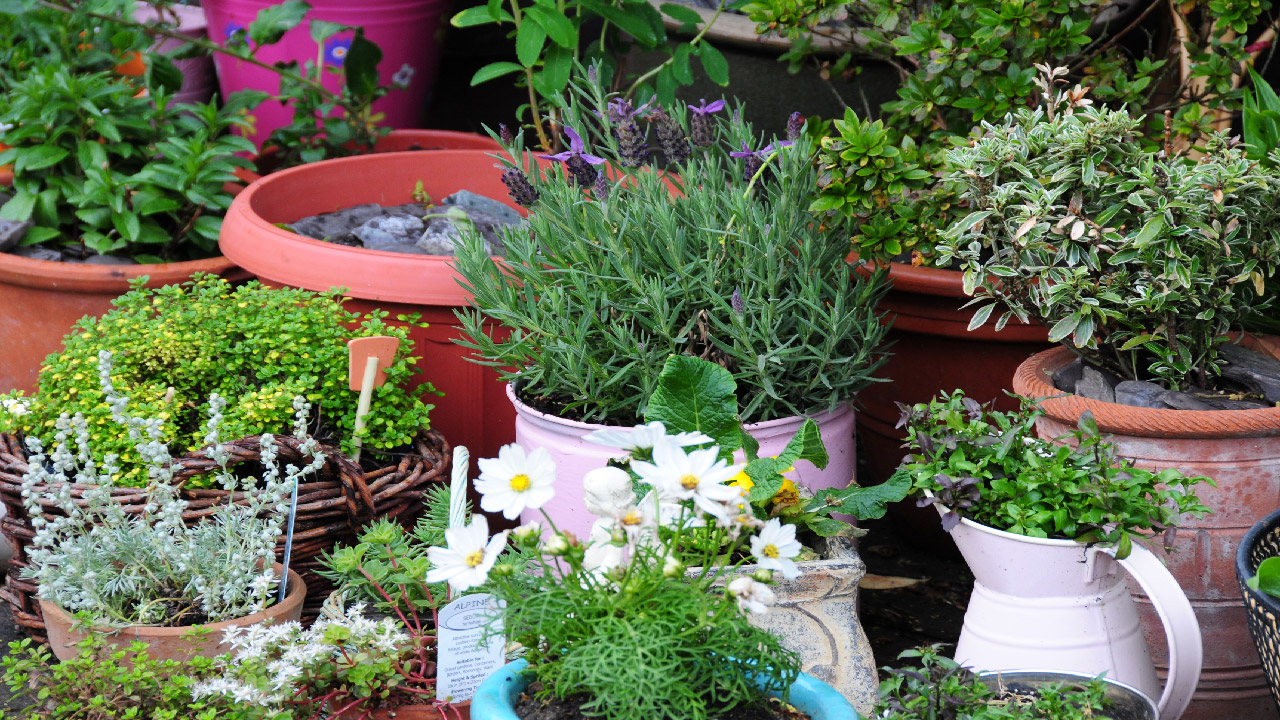How To Mix Your Own Potting Soil
Mar 30th 2023
Potting soil is a mix of primarily natural ingredients. Despite its name, little to no soil is used in potting soil because it is considered too heavy for house plants. You can make potting soil; the recipe to make it can vary depending on the end use. Considering what the soil will be used for will factor into the selection of ingredients. If you are making the soil for small succulent planters or window boxes, indoor ceramic pots for house plants, larger deck containers, or a garden bed with vegetables, your mix or the formula to make it can be adjusted to suit each purpose.
Most of the components in potting soil play a structural role. You should consider whether you want light soil with good drainage or a heavier mix for water retention. Keep in mind the size of the plant. All plants need essential plant nutrients to grow. Naturally, this can come from adding mushroom compost, broken-down leaf mold, decayed bark, or other ingredients in a compost-like mixture. Peat is a material available from some of the big box stores, and if you are using the mix to grow African violets in your garden or inside your home, this might be a good additive*. If you wish to raise the PH for plants that profit from soil with high PH, then limestone or dolomite can be added. I realize I've mentioned quite a bit in this introduction to making a potting soil mix. Let me try to organize it to add some clarity.
For seed starting and cuttings, the mix should be lightweight. It can be made of 30% coconut coir, 10% rice hulls, 35% vermiculite, 20% sand, and 5% limestone. Once plants mature or are in their permanent growing spot or pot, they prefer a soil mix that will support the roots but still drains well. This is when a broken down well, composted soil with microbes added, would work well. The potting mix medium should always be adapted to each plant's preference for drainage, nutrition, aeration, and PH.
At this point, I'd like to mention microbes and the microscopic community that lives in all healthy soils that should be added to your potting soil mix. Microbes enhance the availability of nutrients in the soil to the plant's roots and can increase a plant's yield by stimulating growth. The presence of organic matter within the soil is not very useful to the plant until beneficial microorganisms act on it and convert it into an available form (humus) by releasing different enzymes. These microbes are extensively applied in natural and organic agriculture to increase soil fertility in backyard gardens and commercial farms. A good water-soluble source for these powered microbes that can be fed through a drip system dusted on the roots of plants or added to the soil as you are planting is Vital Roots mycorrhizal inoculant. In an organic garden, applying this amendment will lead to improved soil health and more vigorous growth.
Worm Castings are a super additive for your potting soil that is made when certain types (usually red wigglers) of small worms eat organic plant matter, digest it, and then excrete it. The result is an almost "complete" fertilizer that is good for most plants and known as the richest fertilizer. Acid-loving plants may not do well if you use straight worm castings because it has a PH of 7-8. Using it as part of your potting soil mix will help make it a well-rounded and highly effective growing medium. If you look carefully at the bagged soil you find at the store, the best ones will include worm castings and mycorrhizal fungi. You can order red wiggler worms online and put them in a wood-framed bin (4'x4') that is 12" high with a wooden (old plywood) bottom to keep them from escaping. The best location would be in a shady spot. Place a top on it to provide shade from the sun and keep the birds from eating the worms. Just add kitchen scraps and garden clippings or weeds regularly and water it a little each week. The more you feed them, the more they eat, propagate, and make castings.
Some people use peat in their mix, but I would not because the process of harvesting peat releases carbon dioxide (a greenhouse gas), thus contributing to climate change. Peat that is taken from peat bogs will take a very long time to regenerate, so harvesting from a peat bog kills the bog for a long time. Very diverse but specific types of plants that absorb CO2 grow in peat bogs. When the bogs are harvested, the CO² is released into the atmosphere, adversely affecting climate change.
Soil is always key to a successful garden. If you also set up a good drip or spray irrigation system with a timer to automate and optimize your system, you should have a bountiful harvest. To find out more, go to www.dripworks.com.

